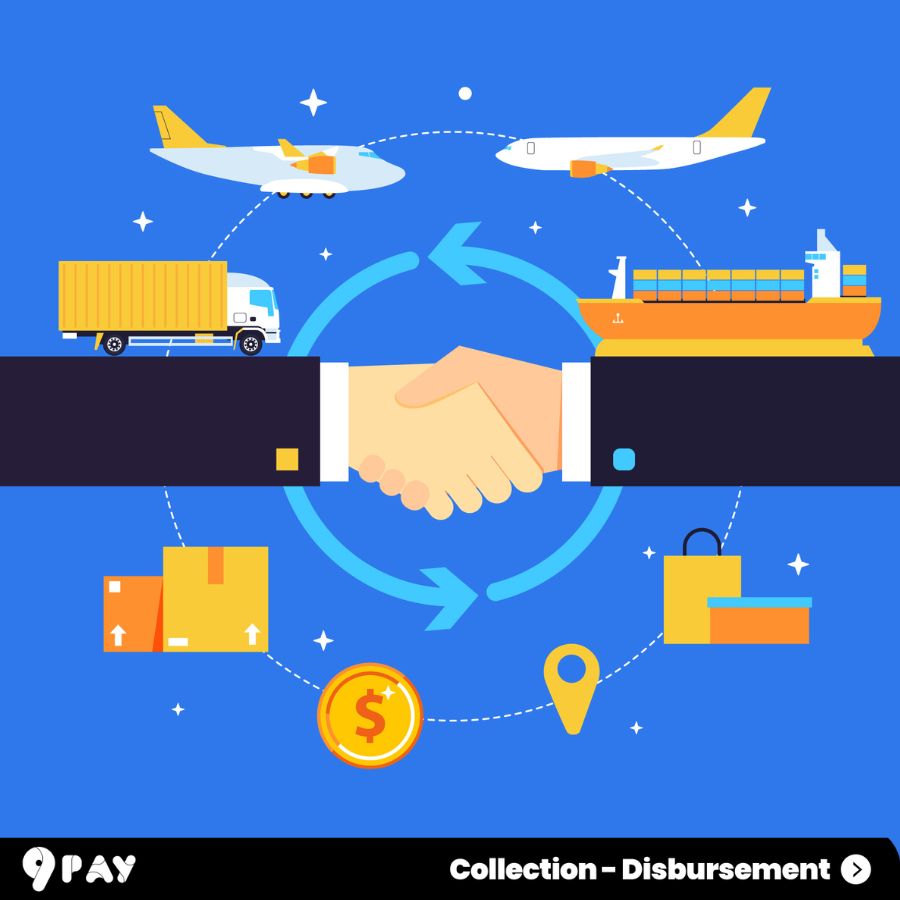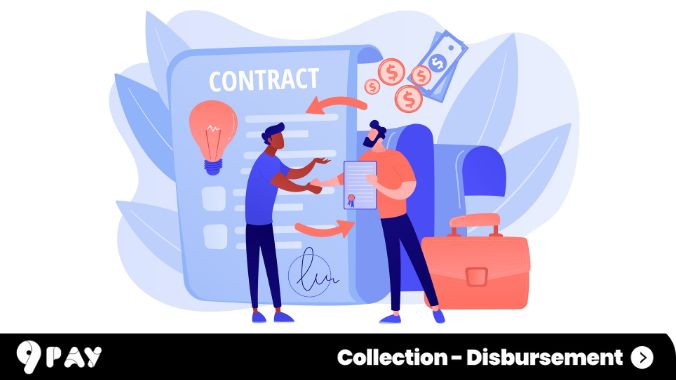What is Disbursement? How Disbursements Work?
Disbursement is the act of paying or distributing money, usually by a company or institution. It plays an extremely important and indispensable role in the business's operating process

In the dynamic realm of online transactions, understanding the intricacies of payments is crucial for both businesses and individuals alike. One critical aspect of this financial ecosystem is the concept of disbursements, which involves the distribution of funds from one entity to another. This article delves into the world of disbursements, unraveling its complexities and providing insights into its practical applications.
1. What is Disbursement?

Disbursement means paying out money from a fund. At its core, a disbursement represents the release of funds from a specified source, typically a bank account, to a designated recipient. These funds can be transferred through various means, including electronic transfers, checks, or cash withdrawals. Disbursements play a pivotal role in various financial scenarios, ranging from paying vendor invoices to issuing employee salaries.
In the realm of business, disbursement plays an extremely important and indispensable role in your accounting records. It functions as a comprehensive ledger, meticulously documenting the day-to-day expenditures essential to the operational rhythm of an enterprise. When the ebb and flow of cash results in a negative balance—indicating that disbursements surpass revenues—it serves as a critical early indicator, potentially heralding the onset of insolvency.
2. How Disbursements Work?
The process of disbursing funds typically involves the following steps:
Initiation: The disbursement process commences with the initiation of a payment request. This request can be initiated manually or through automated systems.
Authorization: Once a payment request is initiated, it undergoes an authorization process. This step verifies the validity of the request and ensures the availability of sufficient funds in the source account.
Processing: Upon successful authorization, the disbursement is processed, transferring the funds from the payer's account to the recipient's account.
Record-Keeping: The disbursement transaction is carefully documented for future reference and accounting purposes.

3. Types of Disbursement
Disbursements can be categorized into various types based on their characteristics:
3.1. Cash disbursements
Cash disbursement simply means disbursing a sum of money to fulfill financial commitments. In essence, it entails the everyday release of funds from your accounts, encompassing various payments and expenditures essential to the ongoing financial operations of an individual or business. This continuous outflow of capital is indispensable to maintain liquidity and ensure that financing activities are met promptly and efficiently.
Also read: Simplify global payroll management with disbursement service
3.2. Controlled disbursements
These disbursements are subject to specific controls and approvals to mitigate fraud and ensure compliance with regulations.
3.3. Delayed disbursements
These disbursements are intentionally delayed for a specified period, often to ensure the completion of a transaction or service before releasing funds.
4. Examples of Disbursements
Disbursement is used in many cases, below are some examples:
Payroll Payments: Disbursing salaries and wages to employees is a common form of disbursement.
Vendor Payments: Paying suppliers for goods or services rendered is another prevalent example.
Tax Payments: Settling tax obligations to government authorities also involves disbursements.
Dividend Distributions: Disbursing dividends to shareholders is a way for companies to share their profits.
Loan Disbursements: Providing loans to individuals or businesses involves disbursing funds.
5. How to use Disbursements with 9Pay

9Pay Disbursement Service is the solution that helps businesses transfer money automatically 24/7 to multiple recipients simultaneously.
- Enterprises can send money to all local banks to:
- Bank account number
- ATM Card number
- 9Pay E-wallet
- Enterprises can use Disbursement for:
- Paying period salaries and commissions to employees
- Paying commissions to Partners, Collaborators, KOLs/Influencers
- Making payment for products to suppliers
- Loan disbursement, paying investment/savings interest
- And all other transfer demands of Enterprises
In addition, if you want to learn and experience other payment solutions and other services of 9Pay such as Payment Gateway, E-Wallet, please contact 9Pay immediately.
Hotline: 1900 88 68 32
Email: [email protected]
Disbursements form an integral part of the online payments landscape, facilitating the seamless transfer of funds between entities. Understanding the principles and applications of disbursements empowers individuals and businesses to navigate the complexities of online transactions with greater confidence and efficiency.
Related articles
Virtual Account: Definition, How It Work? and Benefits for Your Business








